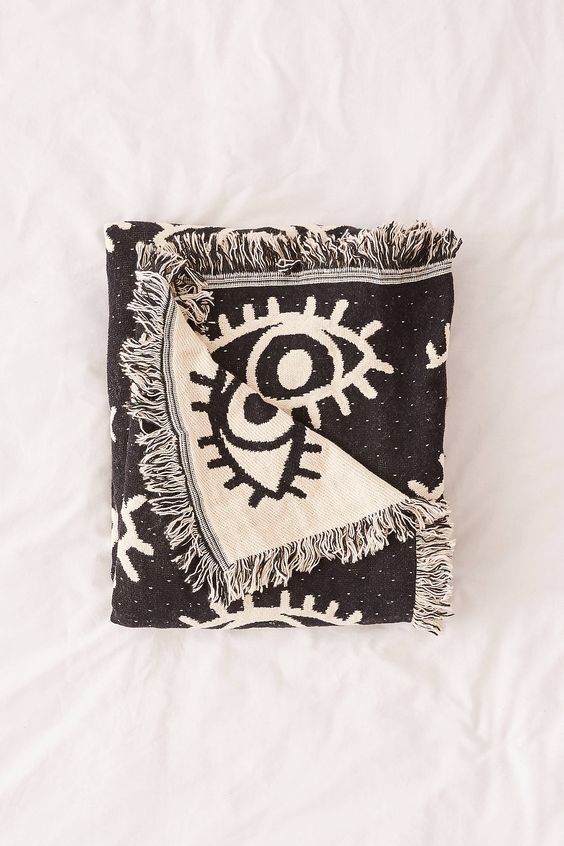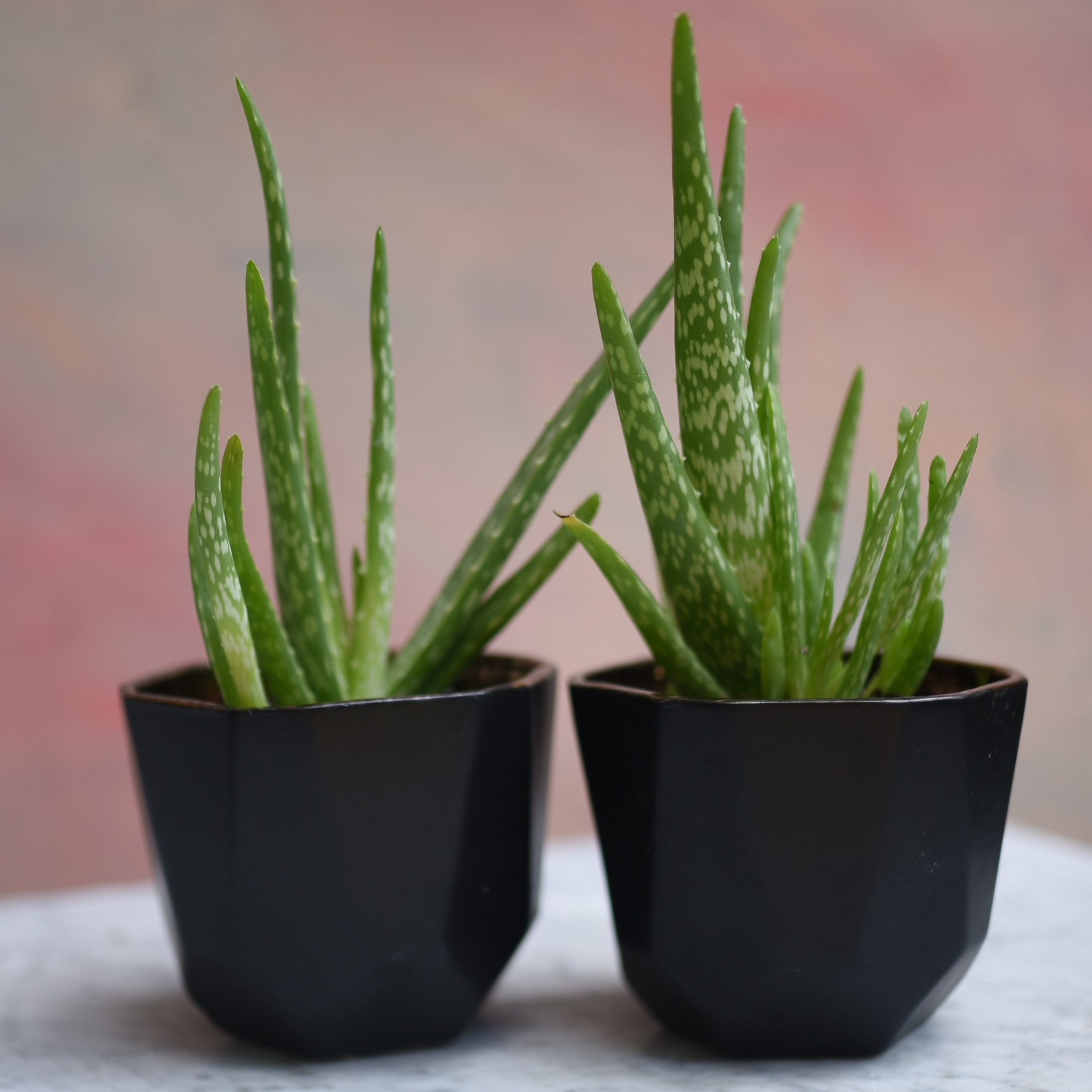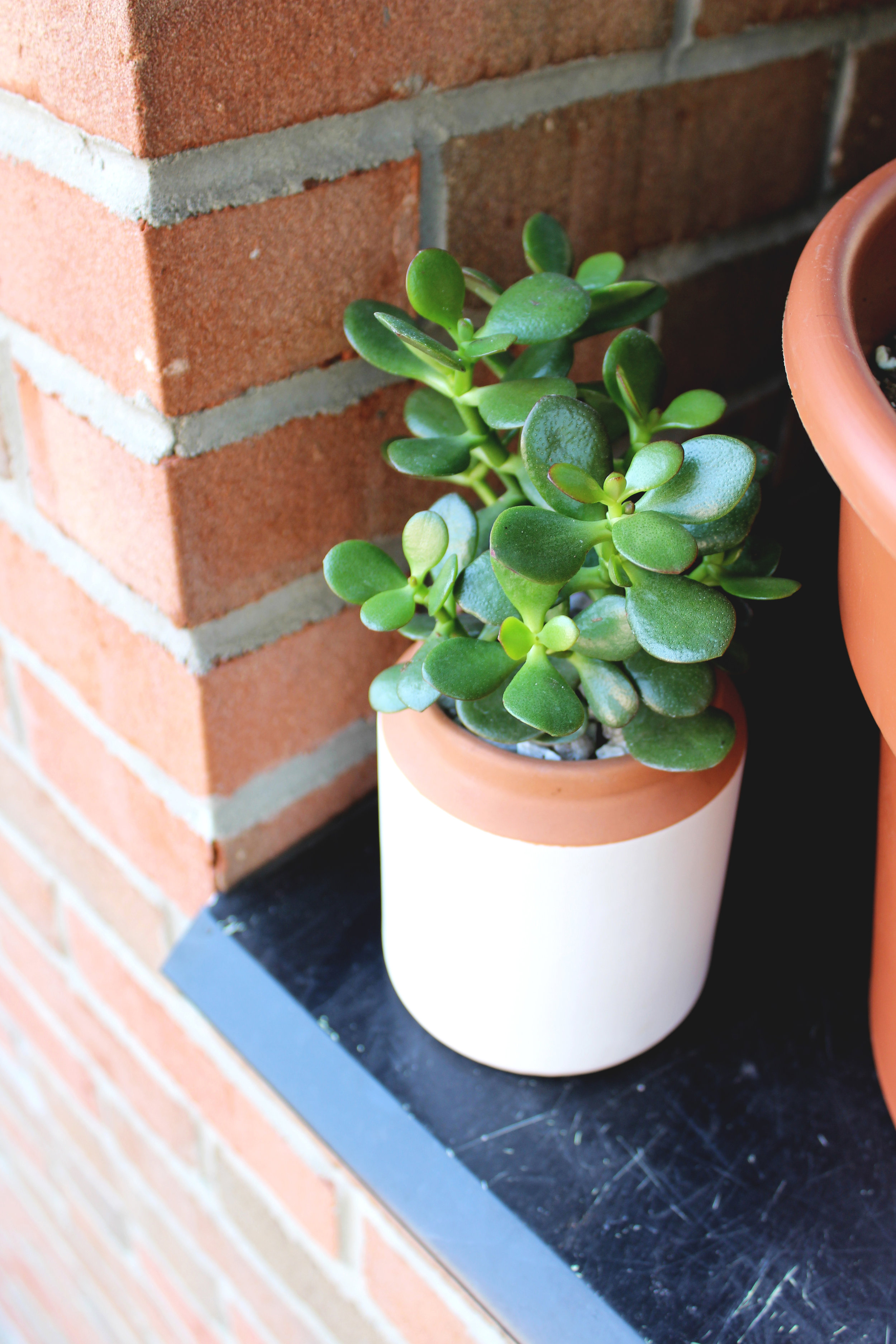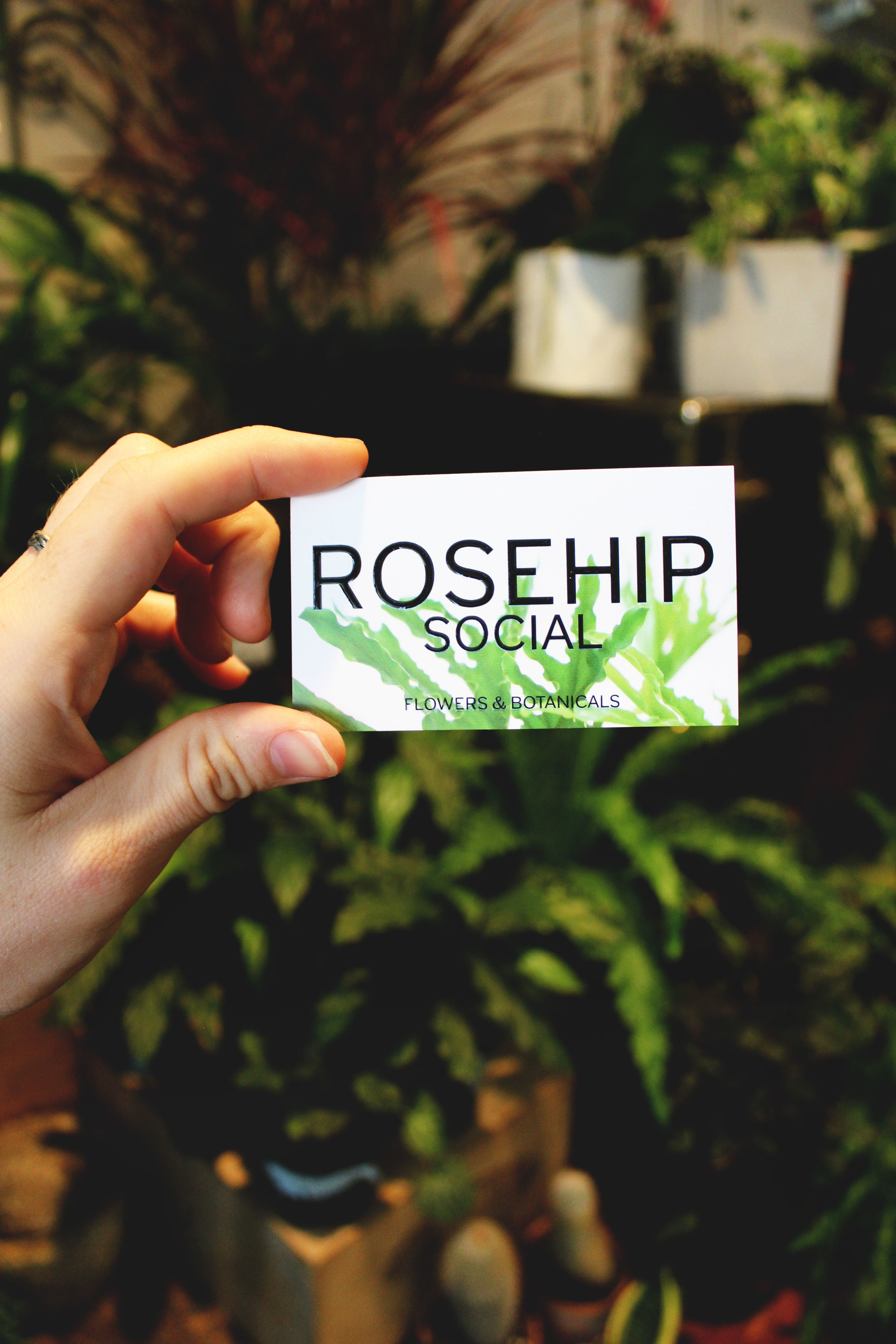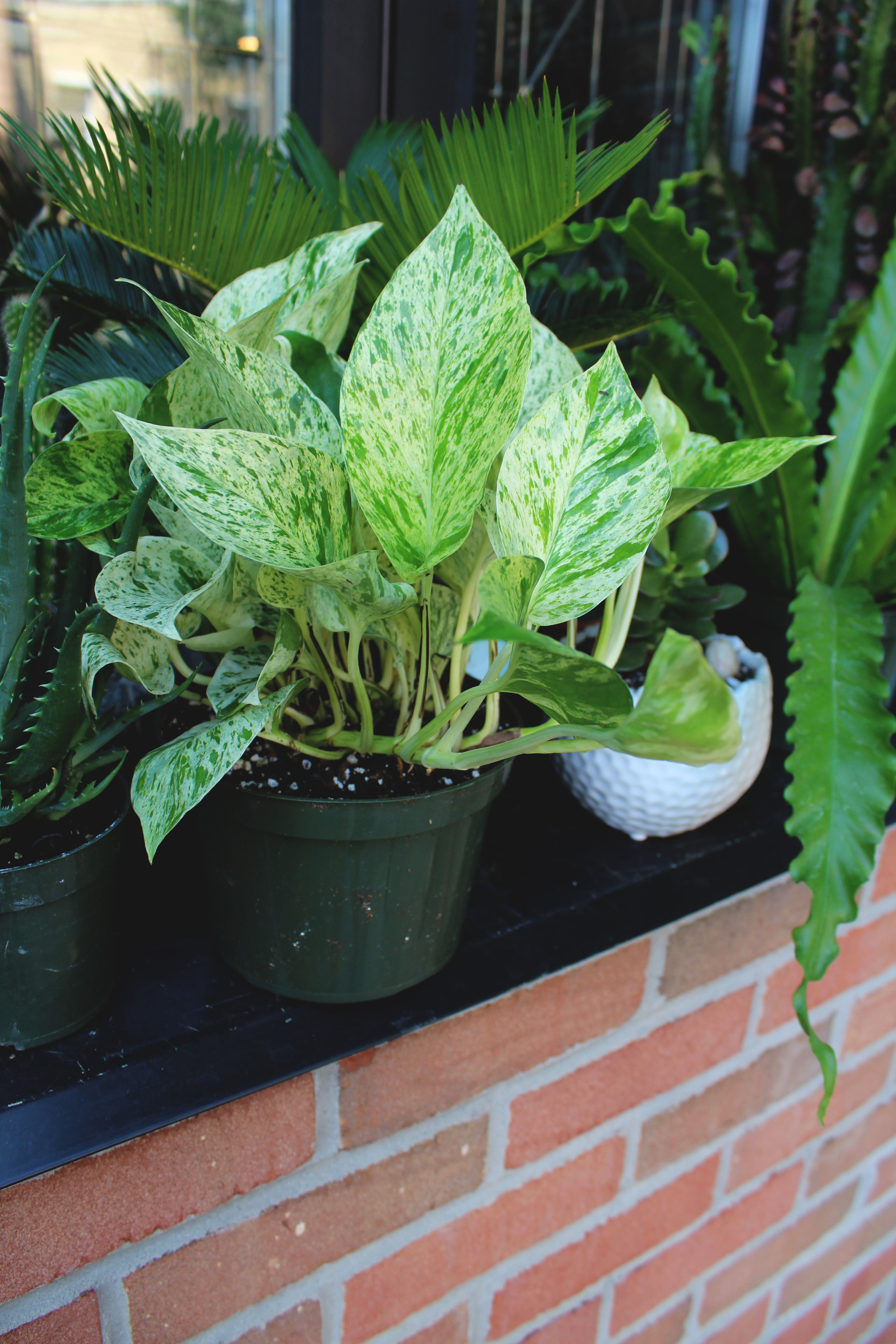Aloe Vera
This monocot of the Lily Family (Asphodelaceae) is thought to be native to Southern and Eastern Africa, though botanical historians are not sure of its exact origins. Records of its use date back to as early as 1750 b.c., and was used through the New Kingdom and Ptolemaic dynasties for healing, beautification, and embalming procedures. Once sought after by noteables such as Cleopatra and Alexander the Great, Aloe vera is now commonly grown as a house plant.
The Aloe vera grows in a rosette form, with fleshy leaves that grow up to 2 ft in length. The leaf has three sections: a center gel layer, a middle latex layer, and the outer epidermal layer. The inner gel layer - where most of the medicinal elements of the plant are found - can be harvested in two ways. After you sever the desired leaf as close to the base as possible, you may:
1) Gently squeeze the gel from the leaf as you would a tube of tooth paste.
2) Slice the leaf open long ways, and scoop the gel from the center with a spoon
Immediately discard any unused gel, as the active chemicals begin to degrade upon exposure to air.
Aloe vera has numerous medicinal properties, mainly as a topical salve. From Cleopatra using it as a mousturizing mask, to modern scientists testing its cancer fighting properties, this plant is justly known for being one of the most versitile medicinal plants. Other topical uses include cure for pain, antiseptic, abrasion healing, and moisture control. Aloe vera, when ingested, can also act as a gentile laxative as well as a blood sugar regulator. Aloe vera juice is now widely available at grocery stores, and is a great way to cut mid-day sugar cravings. Only small doses of raw aloe are recommended, and you should consult your doctor before ingesting.
A beautiful example of the Aloe vera plant can be viewed in the Gardens of Medieval Europe exhibit at The Met Cloisters in Fort Tryon Park, NYC. (http://www.metmuseum.org/visit/met-cloisters).



